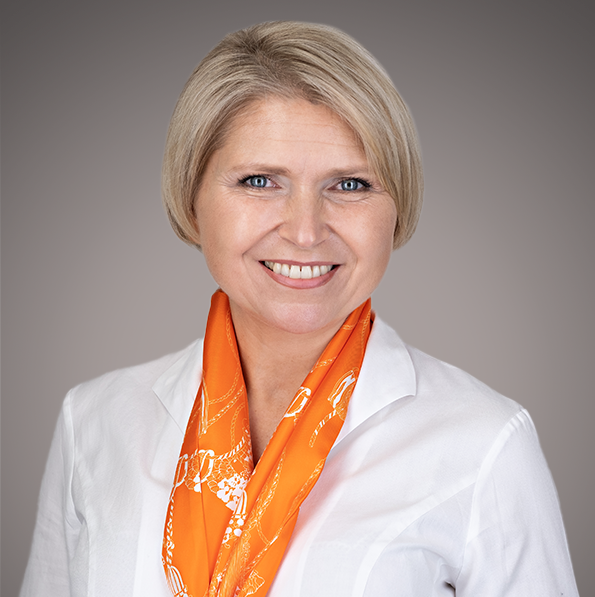From TVs to watches, fridges, lightbulbs, or coffee machines, it seems everything needs to be connected now to be marketable. The Internet of Things (IoT) environment is growing in homes and workplaces, but it has established itself way ahead of regulation. IoT devices do not currently have to comply with any specific cybersecurity standards and malicious actors are already making use of these endpoints. Famously, a senior researcher at Avast even demonstrated in 2020 that he had successfully hacked his own coffee machine with ransomware. It’s amazing what some of us got up to in lockdown!
With awareness of the risk growing, it is unsurprising that this month the European Union announced plans for a Cyber Resilience Act. The legislation aims to establish cybersecurity standards and stricter conformity assessment procedures for IoT. Connected devices are often seen as organisational cybersecurity’s weakest link, and regulation will doubtless improve cyber resilience—just as regulation improved data protection standards with the GDPR.
Baseline cybersecurity standards for all connected devices, and stricter conformity assessment procedures for critical products, are certainly much needed. But this proposal raises many questions, such as, will legislation cover legacy products and those already in use? And how will small manufacturers manage the expense?
It is not yet known if the intention is for a simple pass/fail system, or if there will be gradings assigned to help customers understand the value of more stringent security. What is known is that the threat landscape is not static, and so static certification for devices may not be appropriate, and may cause confusion as new threats emerge and attackers’ techniques evolve.
If known vulnerabilities in IoTs are to be registered, consumers and companies will need to be educated so that they are able to make informed choices based on information about vulnerabilities and the risk exposure they open. Given the often low value and single use case for IoT devices, is it realistic to expect consumers to engage with potentially complex threats intelligence?
On the supply side, organisations will face the challenge of not only having to architect, procure, implement, and roll out an adequate technology stack; they will also need to ensure they have processes and resources in place to operate as an ongoing concern.
In the past, the EU has favoured the introduction of this type of legislation in one go, with a single date for compliance (in the way it introduced the GDPR). But my suggestion would be an incremental roll-out to enable policymakers to evolve the legislation. Make sure the end goal is clear, but start with an MVP or a pilot. This allows everyone to learn—including the regulator itself—by launching in one category or looking at minimal requirements before moving on to a potentially more stratified grading system.
Overall, the regulation must be clear and precise on where responsibilities lie. The current proposal reads, “Obligations would be set up for economic operators, starting from manufacturers, up to distributors and importers, in relation to the placement on the market of products with digital elements, as adequate for their role and responsibilities on the supply chain.” This sentence hints at how broad the ecosystem affected will be, with complex R&D, manufacturing, and supply chain networks. In contrast to this complexity, the proposal currently calls for an “appropriate level of cybersecurity,” a very vague statement of intent which does not seem clear and concise enough not to trigger loopholes or to see stakeholders blaming each other in the future.
It is time that IoT devices were better regulated for cybersecurity and resilience, but the devil—as they say—will be in the detail.




 Zurück
Zurück
















 Den Blog lesen
Den Blog lesen